Description
Wind and solar energy are pollution-free sources of abundant power. With renewable power generation expected to become more and more profitable with open access to transmission lines and rapid growth around the world, the design, operation, and control of alternative energy resources becomes an essential field of study.
Wind and Solar Power Systems provides a comprehensive treatment of this rapidly growing segment of the power industry. It provides the fundamentals of wind and solar power generation, energy conversion and storage, and the operational aspects of power electronics and the quality of power. It covers in detail the design, operation, and control methods applicable to stand-alone as well as grid-connected power systems and discusses the present status of and the on-going research in renewable power around the world.
Wind and Solar Power Systems stands as the most modern, complete book available on renewable energy. Electrical, environmental and mechanical engineering professionals along with policy-makers evaluating the renewable energy potential of their regions will find in it the background and the details they need for decision making.
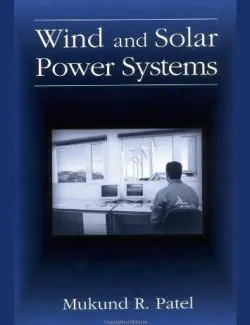
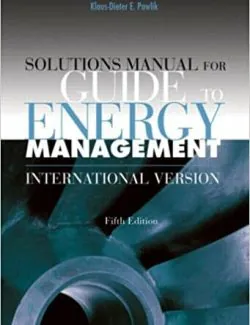
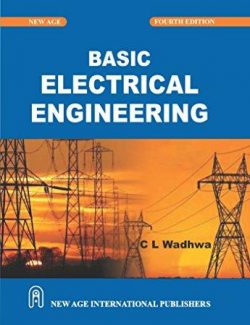
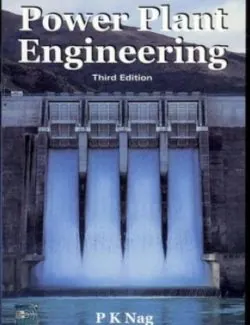
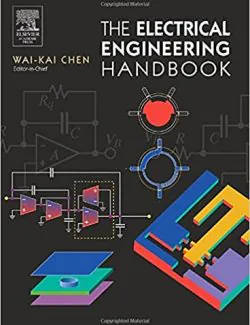
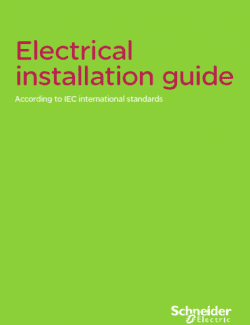
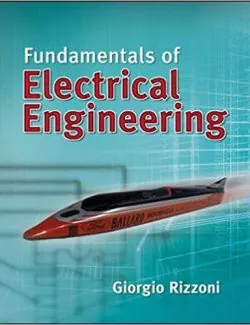
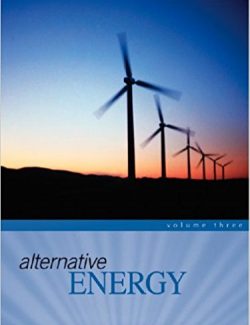


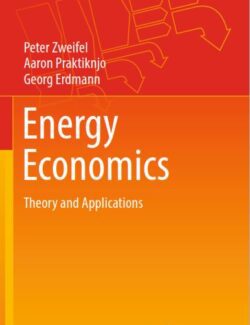


Leave us a comment
1 Comment